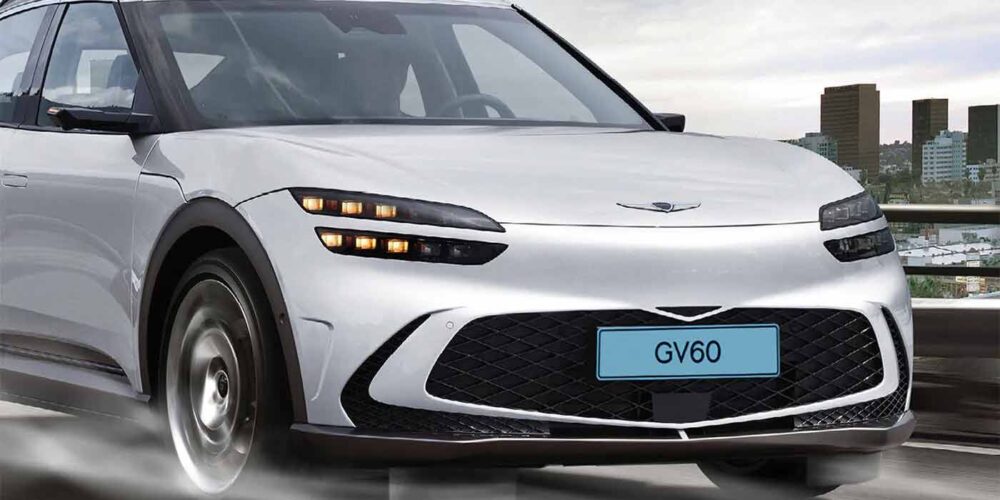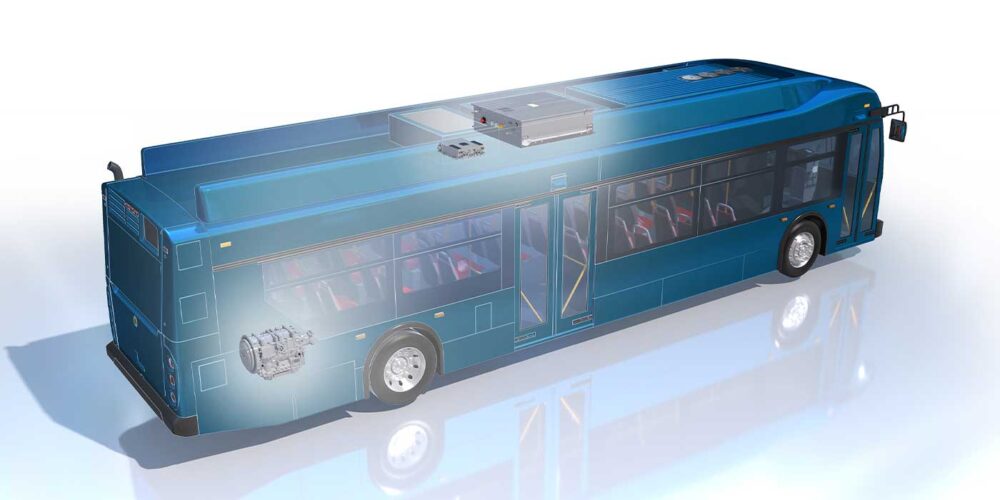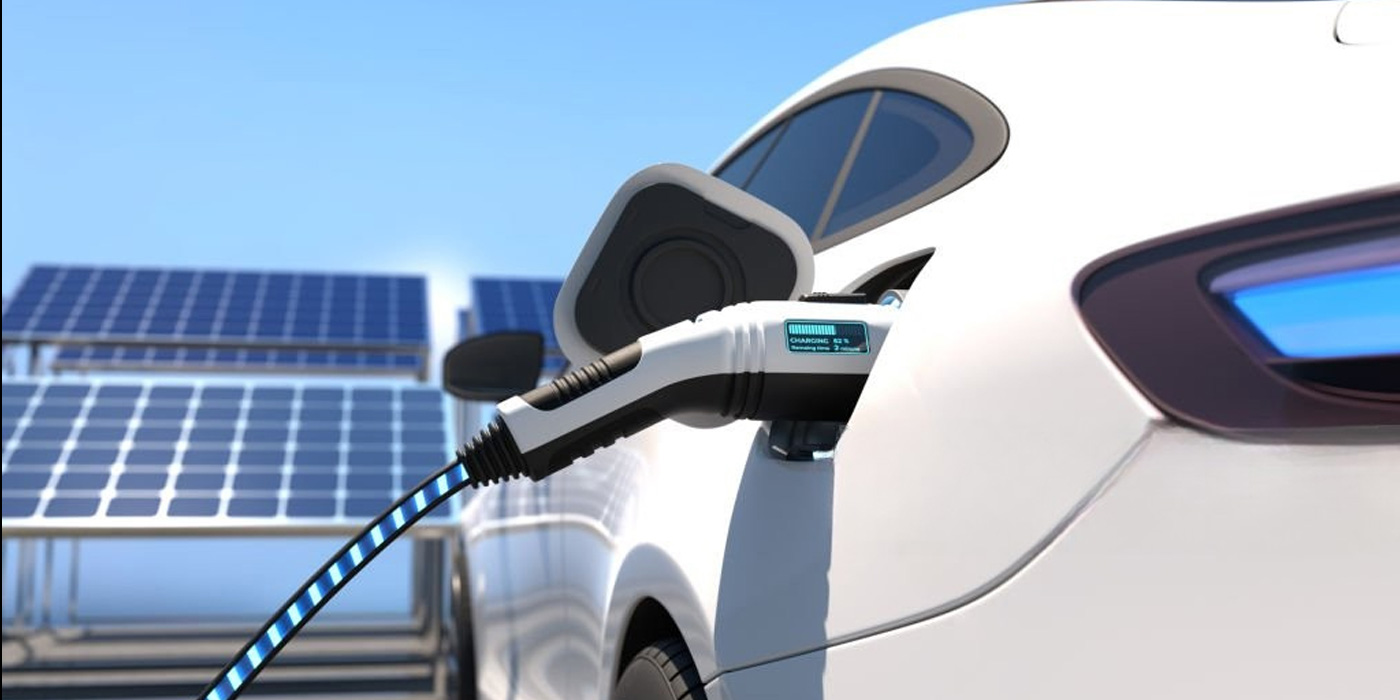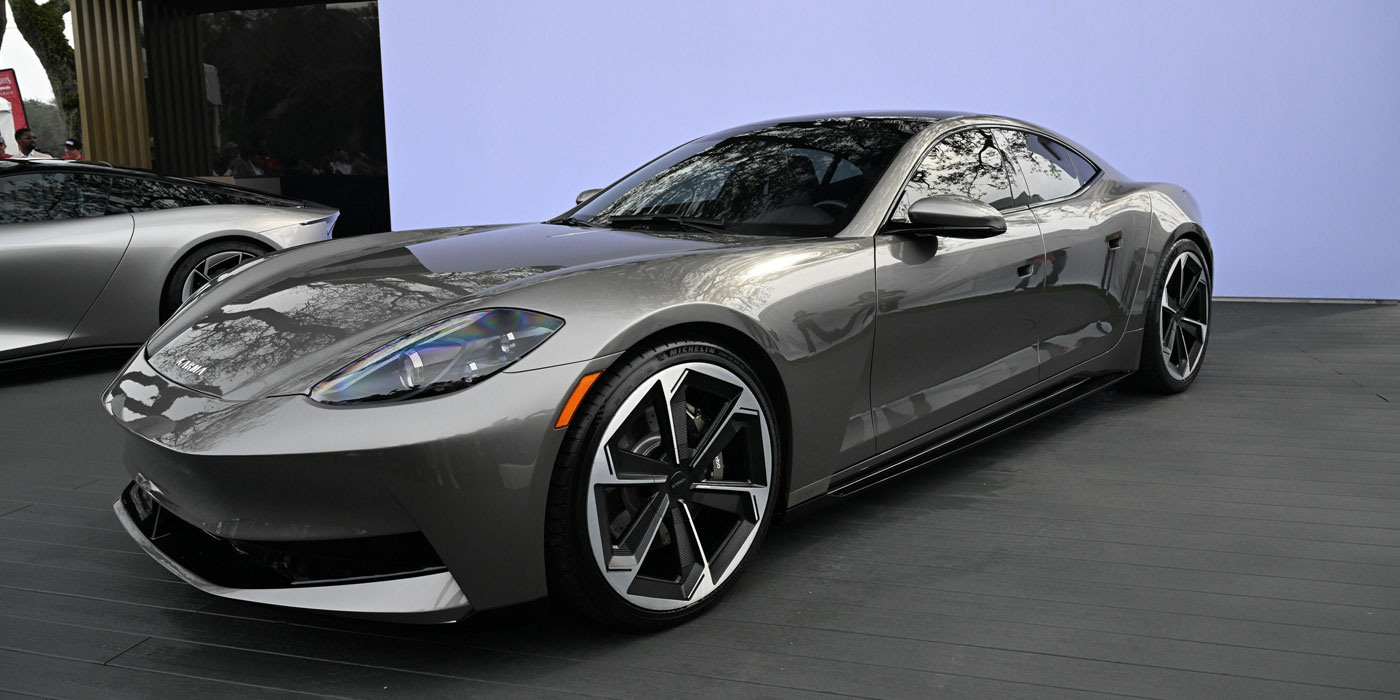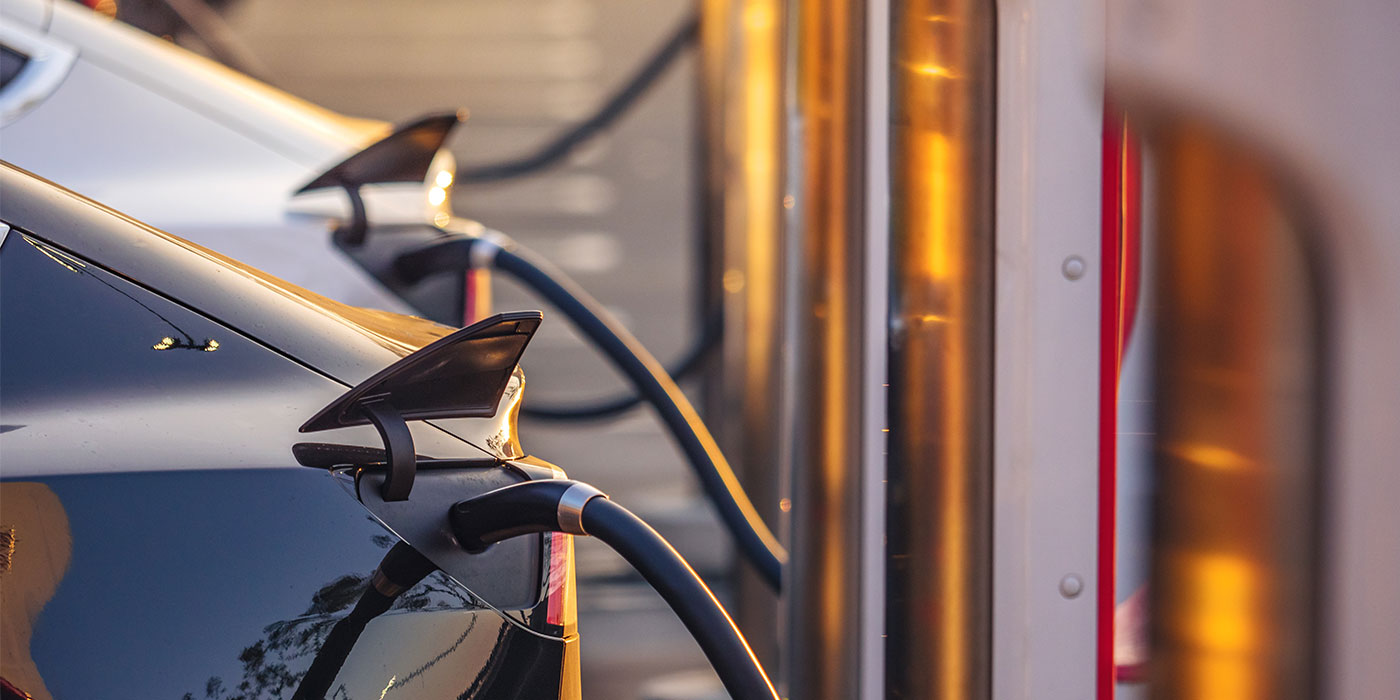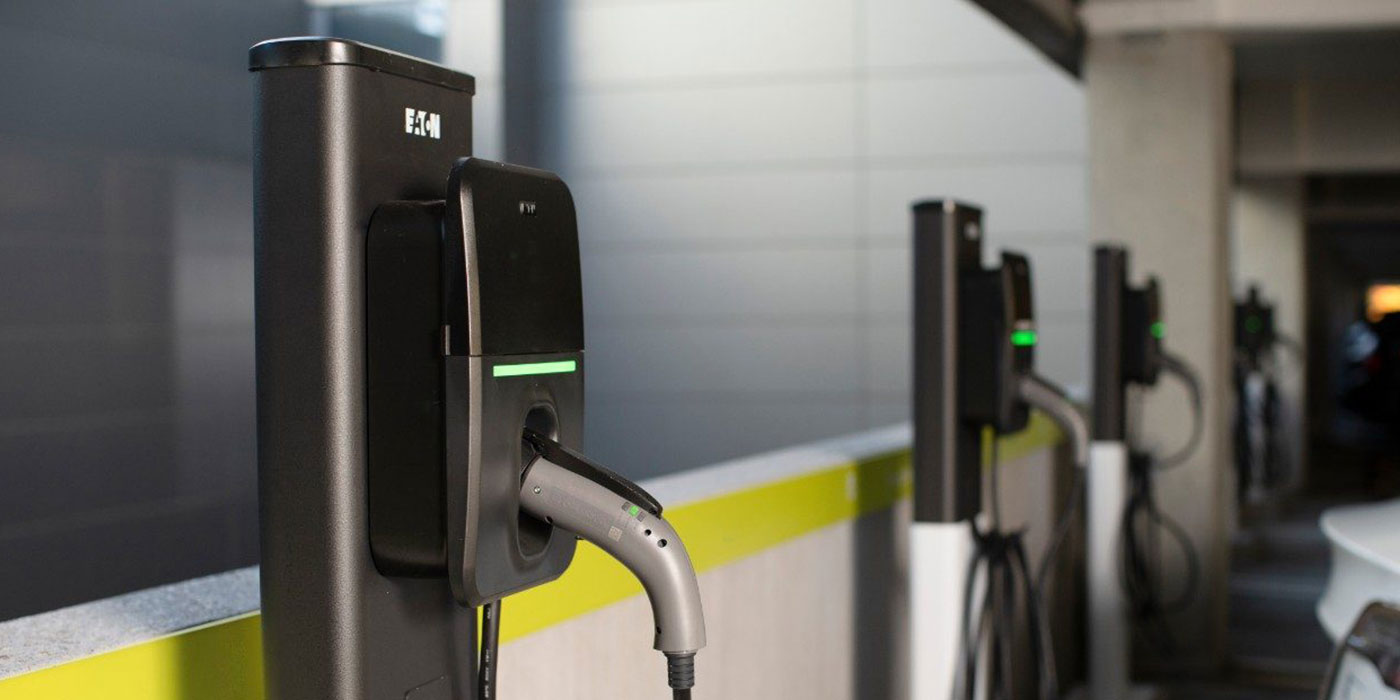Hyundai Motor Company and Kia Corporation unveiled Active Air Skirt (AAS) technology that minimizes the aerodynamic resistance generated during high-speed driving, effectively improving the driving range and stability of EVs, the companies said. AAS is a technology that controls the flow of air entering through the lower part of the bumper and effectively controls the turbulence generated around the vehicle’s wheels by operating variably according to the vehicle speed during high-speed driving.
AAS is installed between the front bumper and the front wheels of the vehicle and is hidden during normal operation, but it becomes operational at speeds over 80 km/h (approx. 50 mph) when the aerodynamic resistance becomes greater than the rolling resistance and is stored again at 70 km/h (approx. 40 mph). The reason for the difference in deployment and storage speeds is to prevent frequent operation in specific speed ranges, the companies said.
Also, the reason why AAS covers only the front part of the tires without completely covering the front is related to the characteristics of Hyundai Motor Group’s E-GMP platform for EVs, Hyundai said. AAS can also operate at speeds over 200 km/h (approx. 120 mph.) Hyundai said this was possible thanks to the application of rubber material on the lower part, which reduces the risk of external objects splashing and damaging while driving at high speeds and ensures durability.
Hyundai Motor and Kia also announced they tested and reduced the drag coefficient (Cd) by 0.008, improving drag by 2.8%, by installing AAS in Genesis GV60.
Hyundai Motor and Kia have applied for related patents in South Korea and the United States and are considering mass production after durability and performance tests. Meanwhile, Hyundai Motor and Kia said they are applying various technologies, such as rear spoilers, active air flaps, wheel air curtains, wheel gap reducers and separation traps, to vehicles to secure competitive drag coefficients. Hyundai IONIQ 6, which incorporates these technologies, has achieved a Cd of 0.21.

